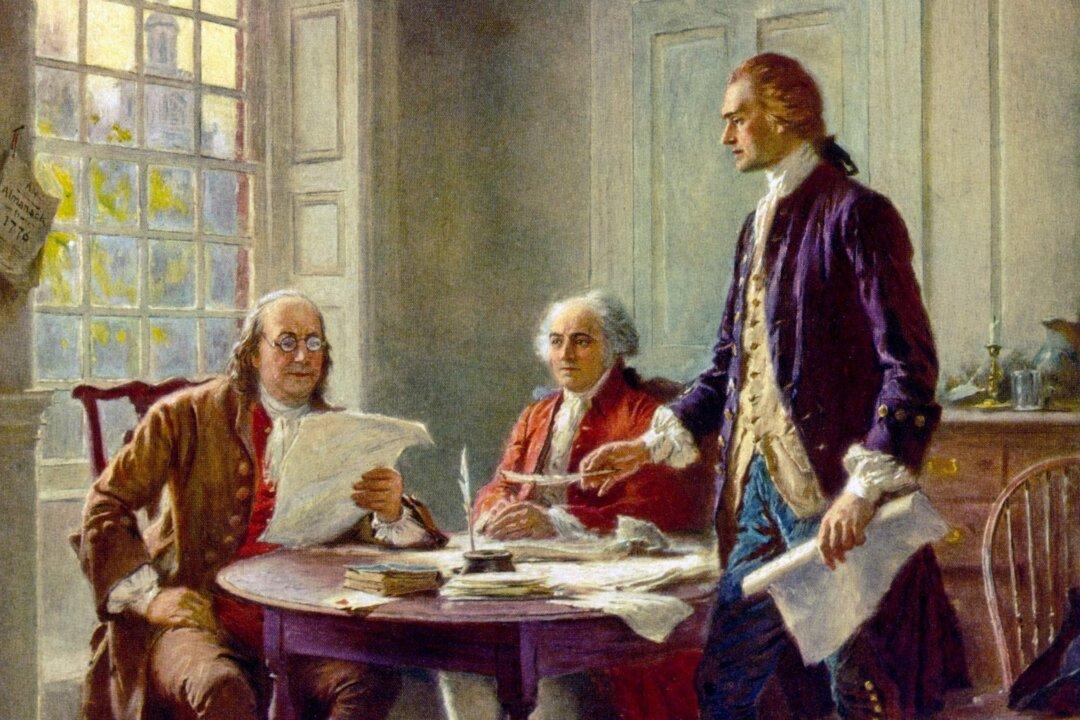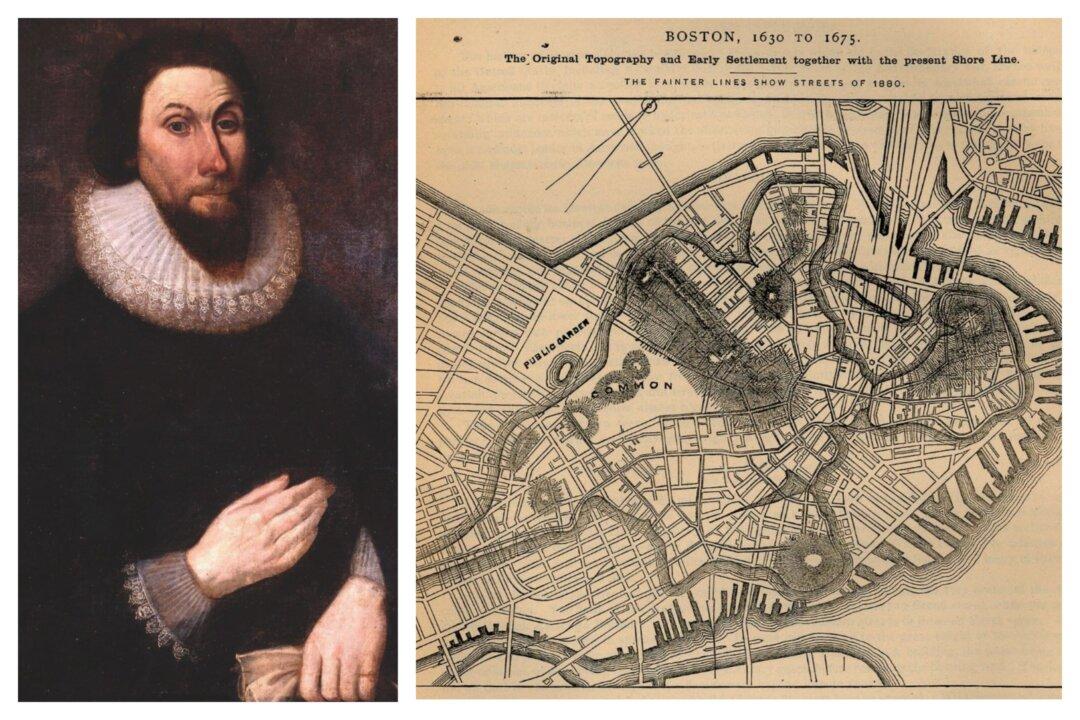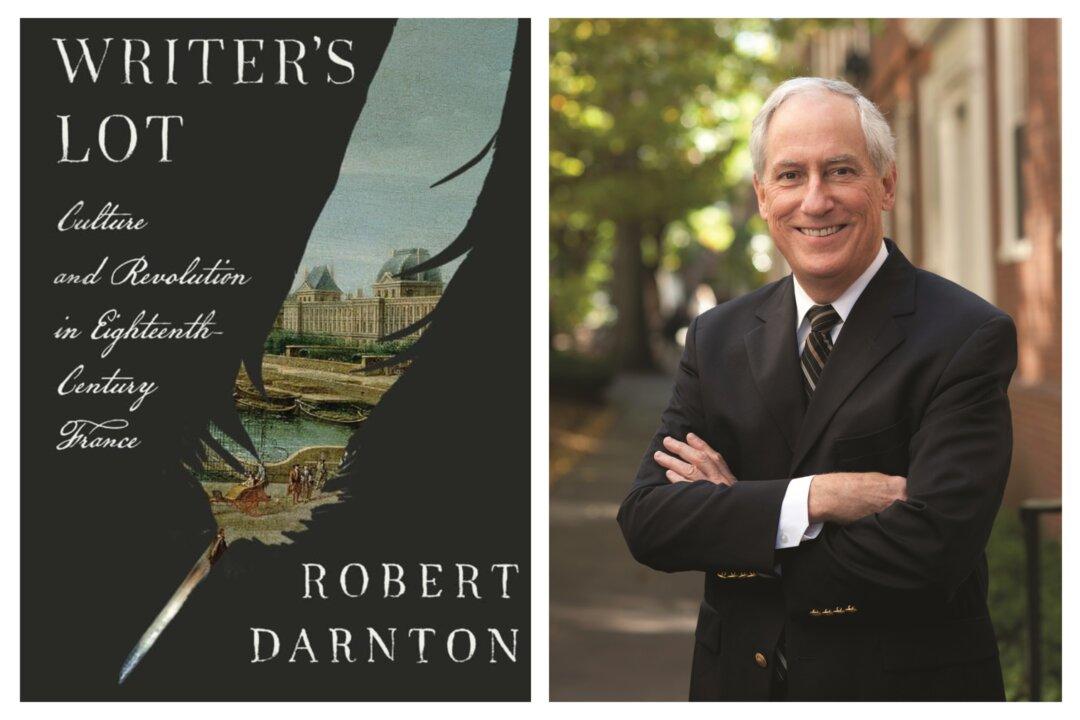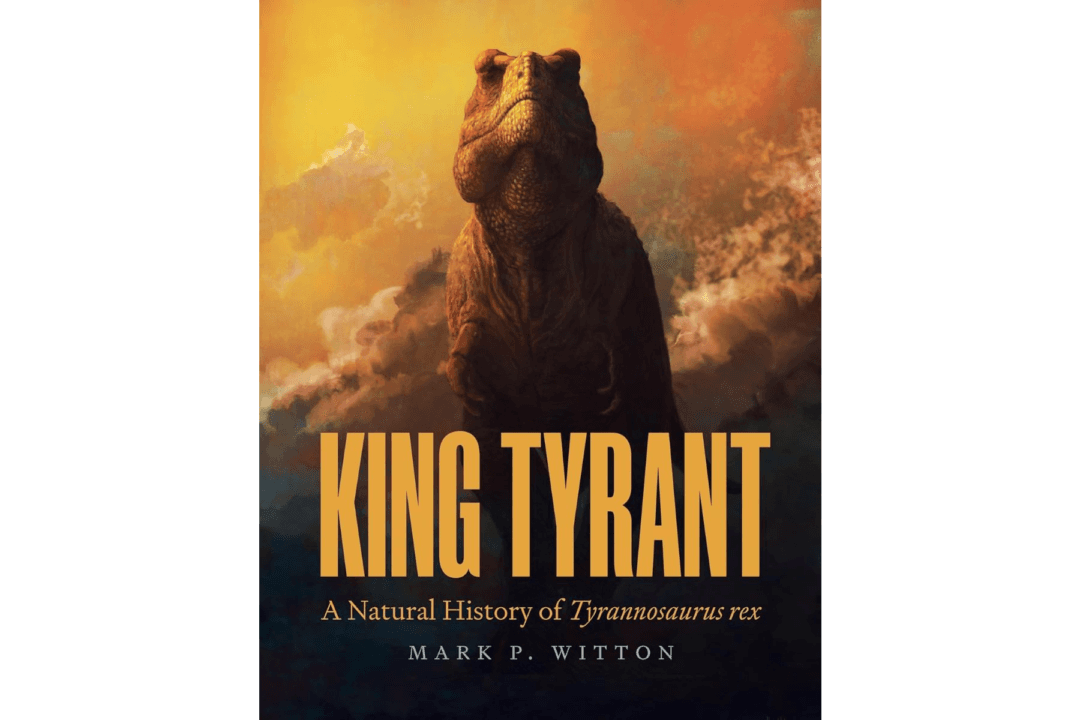“We hold these truths to be sacred & undeniable,” reads Thomas Jefferson’s rough draft of the Declaration of Independence, “that all men are created equal & independant, that from that equal creation they derive rights inherent & inalienable, among which are the preservation of life, & liberty, & the pursuit of happiness.”
Jefferson’s draft was discussed, debated, and edited over the coming days by the other members of the Committee of Five, which included Benjamin Franklin, John Adams, Roger Sherman, and Robert Livingston; and then by the Second Continental Congress. When it came to those “inalienable rights,” the men, whom posterity would herald as the Founding Fathers, understood perfectly what was meant by life, liberty, and the pursuit of happiness. The last of these three, however, has, over the last century, been slowly and completely redefined.






